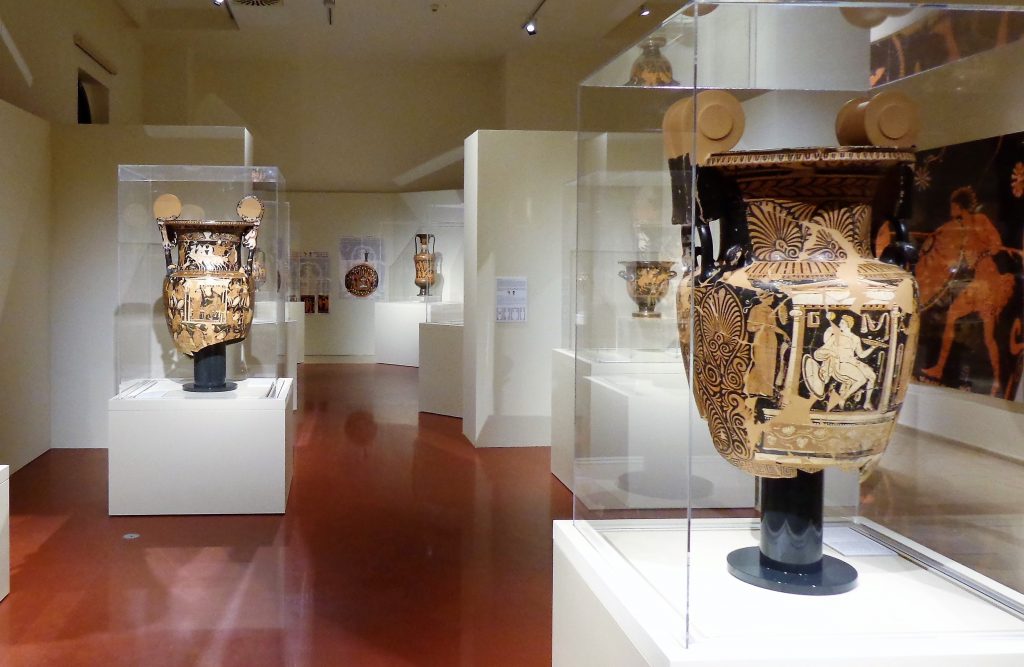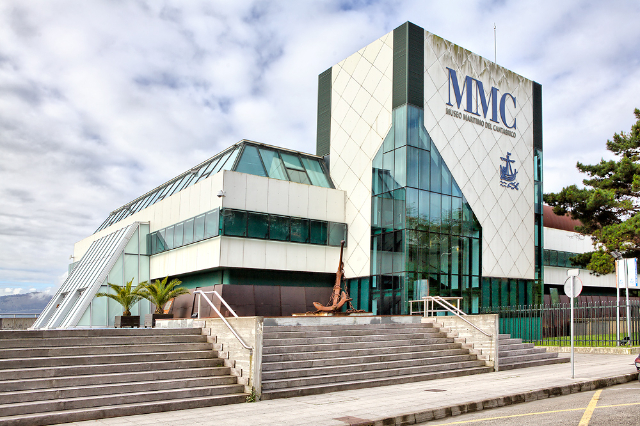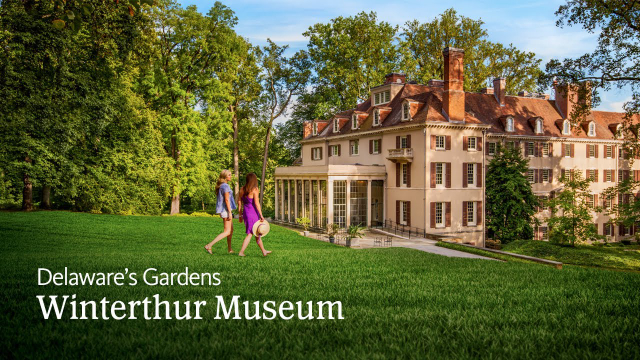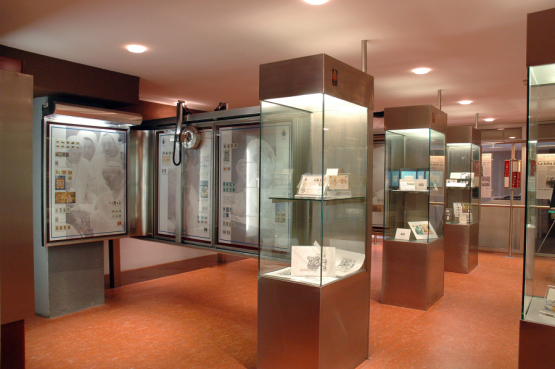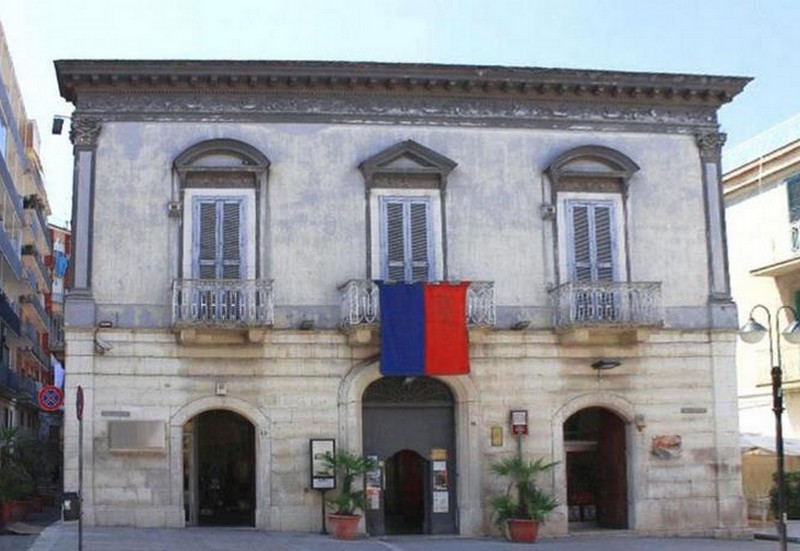The National Archaeological Museum of Taranto is one of the most important in Italy; it was established in 1887 as a consequence of the urbanization of the area east of the Navigable Canal of Taranto with the construction of the Borgo umbertino. This intervention caused the discovery and – unfortunately – also the dispersion and destruction of many archaeological materials coming from the Greek and Roman city and the adjacent necropolis. In order to protect the antiquities found, the archaeologist Luigi Viola was sent to Taranto and obtained the establishment of a museum in the former convent of the Alcantarini Friars.
Built shortly after the middle of the 18th century, the building was enlarged and rearranged in various phases, starting from 1903, when the facades were rebuilt to a design by Guglielmo Calderini, while the northern wing was designed by Carlo Ceschi and built between 1935 and 1941.
Starting from 1998 the renovation works started, which led to the completion of the National Archaeological Museum of Taranto – MArTa with the setting up of the 2nd floor of the museum (inaugurated on 29 July 2016). The exhibition itinerary, which takes into account the characteristics of the materials in the museum collection and the possibility of referring most of the finds to the excavation contexts, illustrates the history of Taranto and its territory from Prehistory to the Early Middle Ages, developing diachronically from the second to the first floor: prehistoric and protohistoric period, Greek period (without neglecting the themes of dynamic relations with the pre-Roman indigenous world), Roman period, Late Antiquity and Early Middle Ages.
The route starts from the second floor which shows the most ancient phases of the history of the settlement in Apulia (Paleolithic and Neolithic) to reach the foundation of the Greek colony and the classical and Hellenistic city.
The National Archaeological Museum of Taranto, on the mezzanine floor, also has a collection of paintings that in 1909 became part of the collections of the Royal Museum of Taranto due to the testamentary dispositions of Monsignor Giuseppe Ricciardi, Bishop of Nardò, who wanted to donate them to his hometown.
In addition to a beautiful Byzantine icon and a Weeping Sorrow on a zinc plate, the other eighteen paintings, all with religiously inspired subjects, are oil paintings on canvas and are framed between the 17th and 18th centuries.
Most of the other paintings are part of Neapolitan production, with attributions to the school of Luca Giordano, Andrea Vaccaro and Francesco De Mura. The most recent paintings, Our Lady of Sorrows between Saints Nicholas and Barbara and the Deposition, have been attributed to an artist from Puglia, Leonardo Antonio Olivieri di Martina Franca.
